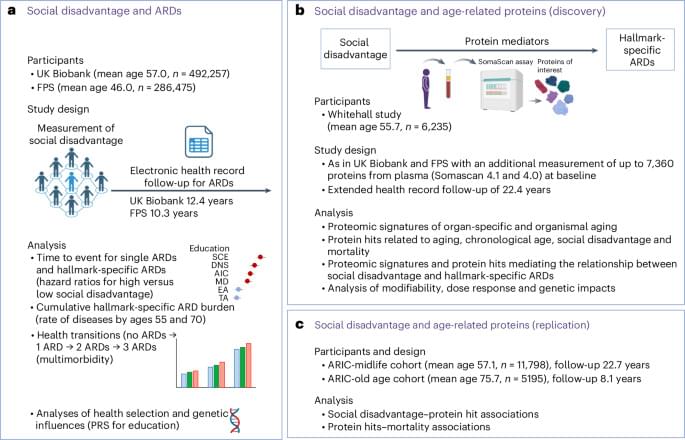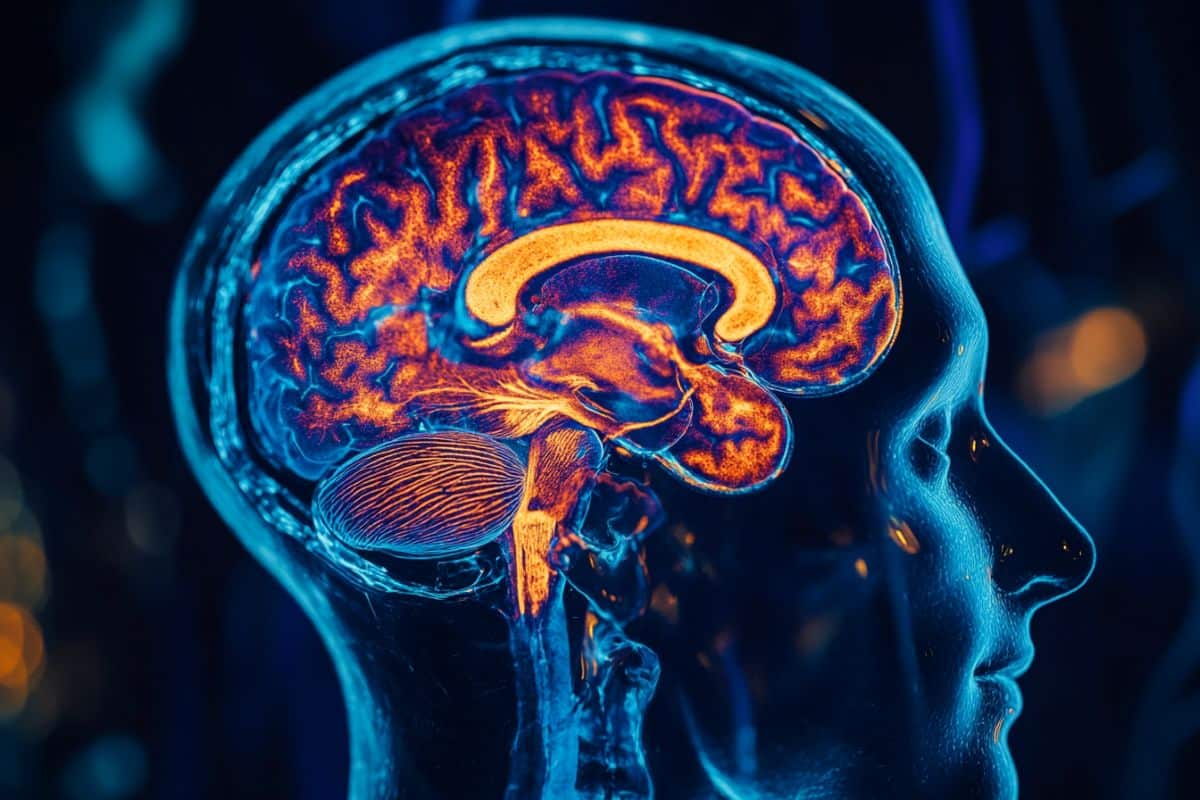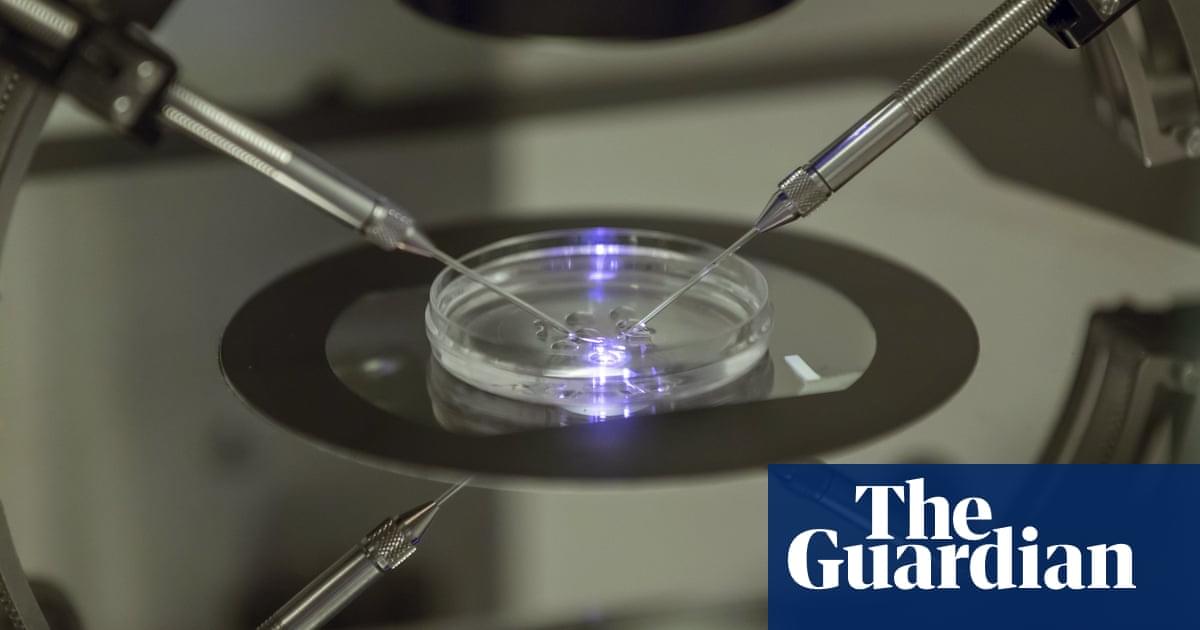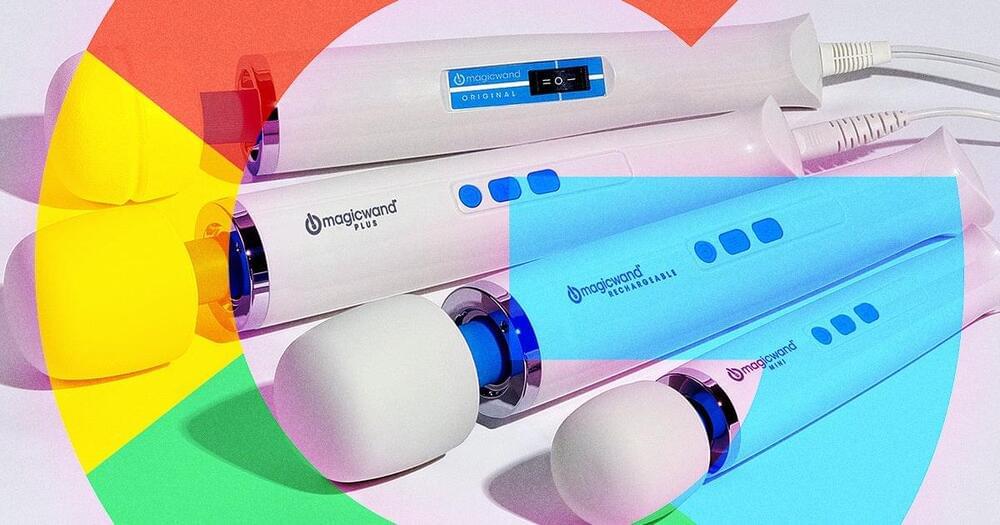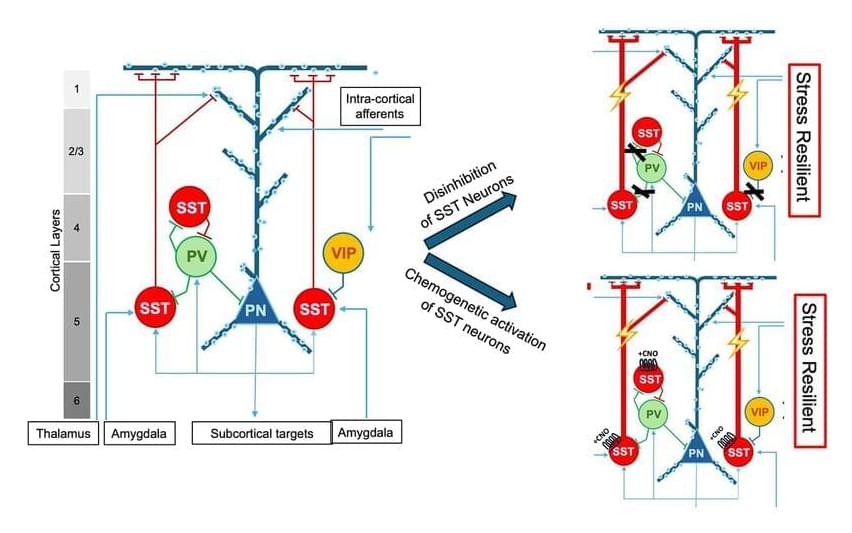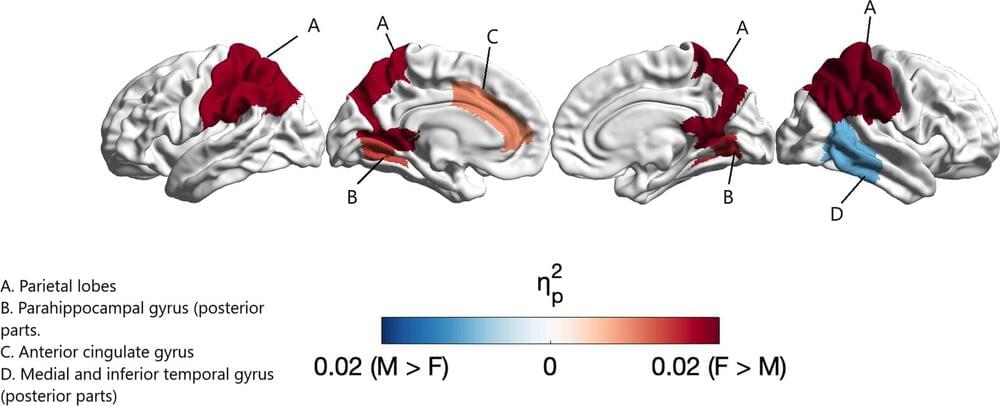In human society, men tend to be seen as risk-takers, while women are seen as being more cautious. According to evolutionary psychologists, this difference developed in the wake of threats to each sex and their respective needs. While such generalizations are, of course, too binary and simplistic to faithfully describe complex and multifaceted human behavior, clearcut differences between females and males are often evident in other animals, even in simple organisms such as worms.
In a new study published in Nature Communications, Weizmann Institute of Science researchers showed that male worms are worse at learning from experience and find it hard to avoid taking risks—even at the cost of their own lives—and that allowing them to mate with members of the opposite sex improves these capabilities.
The scientists also discovered a protein, evolutionarily conserved in creatures from worms all the way to humans, that appears to be responsible for the different learning abilities of the two sexes.
